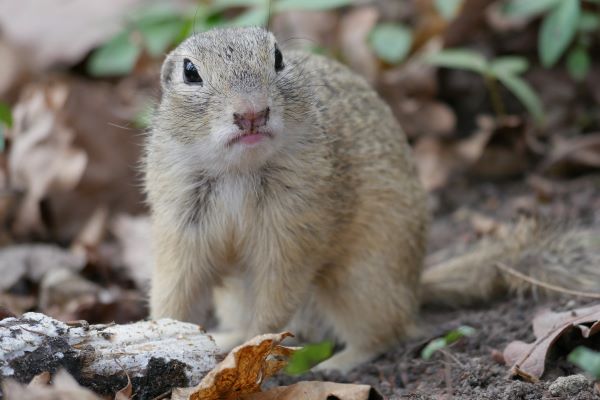Is That Torpor or Hibernation? by Curtis Curly-tail

Howdy, friends! It’s me, Curtis Curly-tail! You know how I LOVE to bask in the sun? Well, I’ve recently learned that some of my friends go underground when it gets cold—to stay warm! My human friend, Elaine, wrote here at Tales & Tails that round-tailed ground squirrels spend the winter underground to stay warm. Yes, […]
Ground Squirrels: These Cute Little Burrowers Soon to Have Their Own Book!

When I lived in the Midwest and Northeast, I knew it was Spring when the crocus and daffodils raised their heads from the ground. Here in the Sonoran Desert, I know it is Spring when the round-tailed ground squirrels, Xerospermophilus tereticaudus, which dwell in the desert of the US Southwest and northwestern Mexico, raise their […]